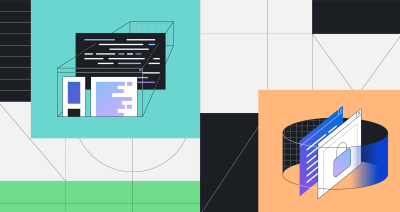
Today’s most common security vulnerabilities explained
We’re taking a look at some of the most common security vulnerabilities and detailing how developers can best protect themselves.

We’re taking a look at some of the most common security vulnerabilities and detailing how developers can best protect themselves.

Do you worry that a CVE will hurt the reputation of your project? In reality, CVEs are a tracking number, and nothing more. Here’s how we think of them at GitHub.

If there’s one habit that can make software more secure, it’s probably input validation. Here’s how to apply OWASP Proactive Control C5 (Validate All Inputs) to your code.

Practical tips on how to apply OWASP Top 10 Proactive Control C4.

A comprehensive guide for vulnerability reporters.

When it comes to secure database access, there’s more to consider than SQL injections. OWASP Top 10 Proactive Control C3 offers guidance.

The GitHub Security Lab’s CodeQL bounty program fuels GitHub Advanced Security with queries written by the open source community.

In this third and last part, I’ll share the results of my research on Apache HTTP server, and I’ll show some of the vulnerabilities that I’ve found.

In this post, I’ll discuss how to apply OWASP Proactive Control C2: Leverage security frameworks and libraries.

Defining your security requirements is the most important proactive control you can implement for your project. Here’s how.

This lesser-known OWASP project aims to help developers prevent vulnerabilities from being introduced in the first place.

OSS-Fuzz is Google’s awesome fuzzing service for open source projects. GitHub Security Lab’s @kevinbackhouse describes enrolling a project.

In this post, I’ll use three bugs that I reported to Qualcomm in the NPU (neural processing unit) driver to gain arbitrary kernel code execution as root user and disable SELinux from the untrusted app sandbox in an Android phone.

The Exiv2 team tightened our security by enabling GitHub’s code scanning feature and adding custom queries tailored to the Exiv2 code base.

When you’re fixing a bug, especially a security vulnerability, you should add a regression test, fix the bug, and find & fix variants.
Build what’s next on GitHub, the place for anyone from anywhere to build anything.
Catch up on the GitHub podcast, a show dedicated to the topics, trends, stories and culture in and around the open source developer community on GitHub.